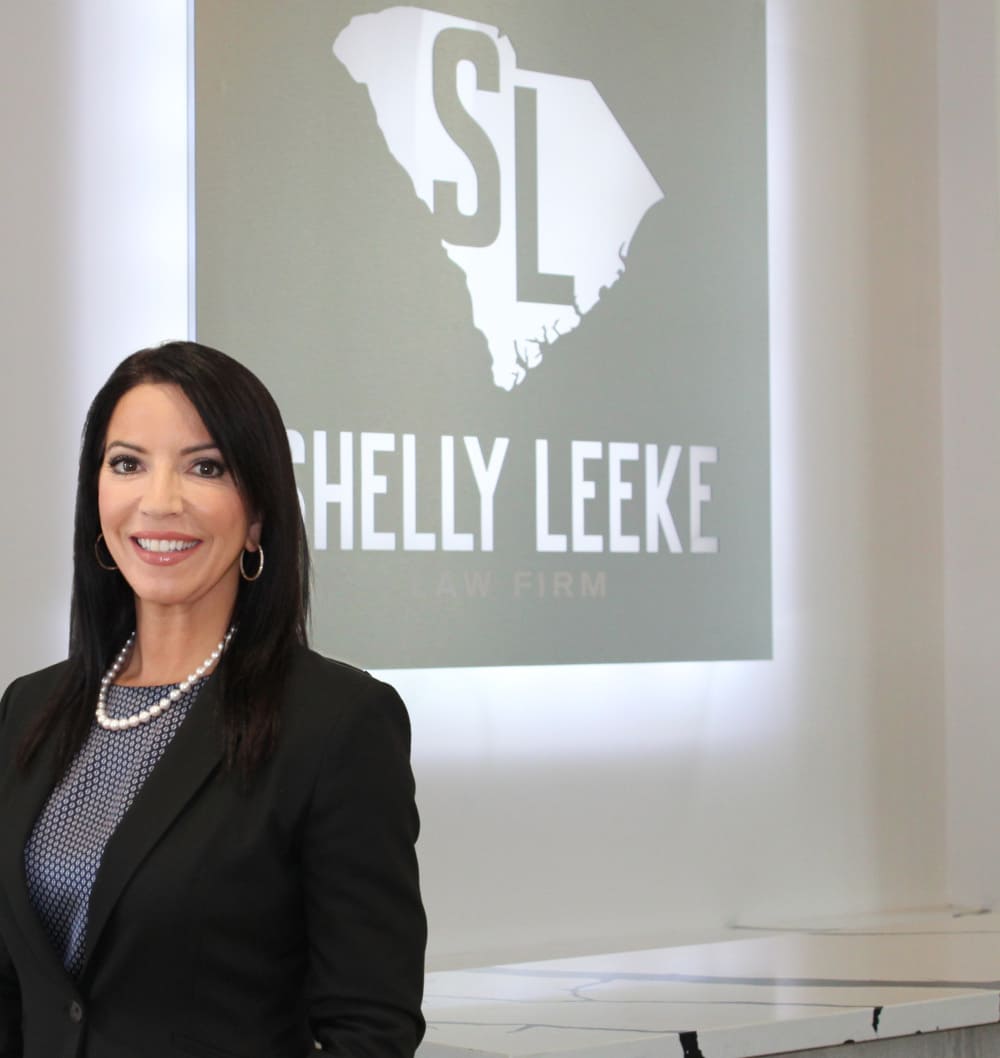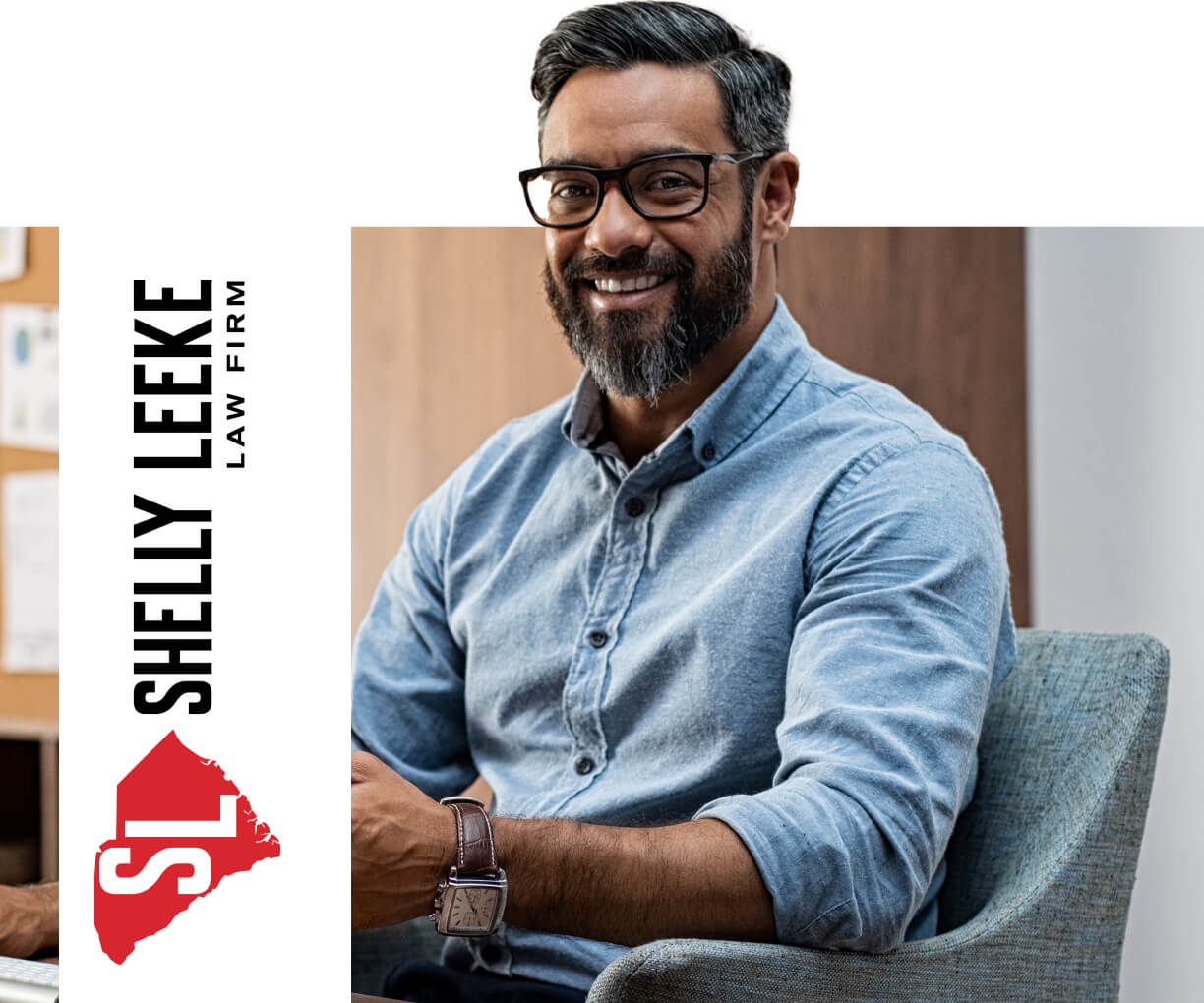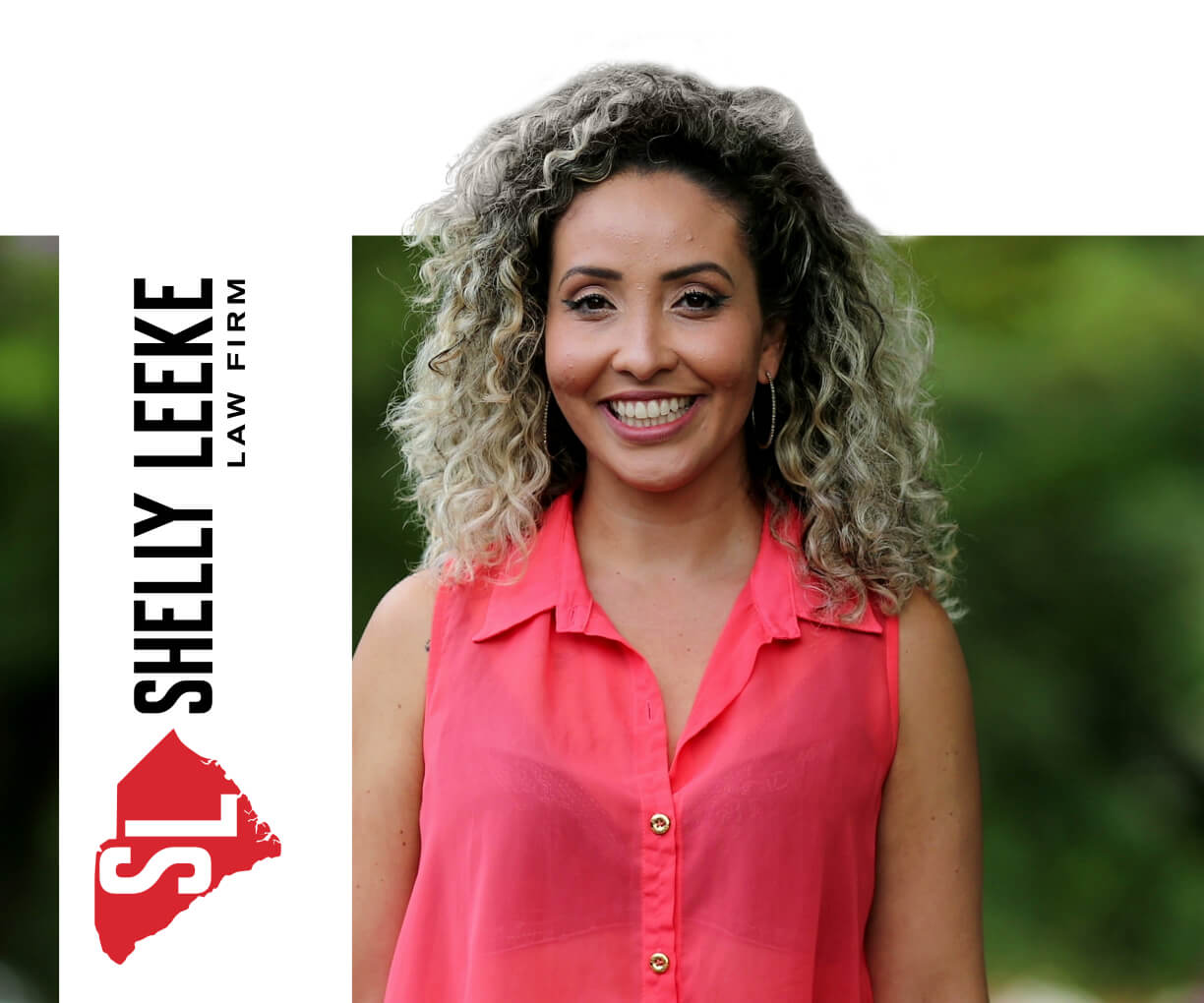
Being struck by a vehicle can have devastating consequences for pedestrians. Determining fault in such accidents is crucial for resolving legal claims and pursuing fair compensation. There are many factors that come into play when assessing responsibility in pedestrian-car collisions.
Pedestrian-vehicle accidents can result from negligence by the pedestrian, the driver, or both parties. Understanding the laws associated with how your accident happened is essential for establishing fault. A North Charleston pedestrian accident lawyer can help you determine the factors and see if you have a potential case, even if you shared some of the fault as the pedestrian.
How to Determine Fault in a Pedestrian Accident Case
Determining fault in a pedestrian-vehicle collision requires comprehensively examining the incident’s circumstances. Both the pedestrian’s actions and the driver’s conduct are challenged to determine if either party failed to exercise due care. Eyewitness testimony, surveillance footage, and physical evidence at the scene are crucial in reconstructing the event.
Determining fault often depends on understanding right-of-way laws and assessing whether the pedestrian crossed at a designated crosswalk or an unmarked area. The driver’s speed, attentiveness, and adherence to traffic signals and signs are also critical factors that you should put with the evidence for your side of the story. In some cases, environmental conditions like poor lighting or obstructed sightlines may contribute to the accident’s causation.
Seeking advice from an attorney can be crucial in understanding and managing the intricacies of pedestrian accident claims. Attorneys have the expertise to gather and analyze evidence, interpret applicable laws, and advocate for their clients’ rights. Whether the pedestrian or the driver was at fault, they can still help.

When a Pedestrian-Car Accident Is Considered a Shared Fault
In some pedestrian-vehicle collisions, both parties may bear responsibility for the incident, resulting in a shared fault scenario, as South Carolina has a modified comparative negligence rule. This typically arises when the pedestrian and the driver have both failed to exercise reasonable care, contributing to the accident’s occurrence. Assessing the level of fault attributed to each party is essential in resolving legal disputes and determining potential compensation.
For example, if a pedestrian jaywalked in an area with limited visibility while the driver was speeding or distracted, both actions could be considered negligent. The driver’s excessive speed and lack of attention would be factors in assigning fault. Simultaneously, the pedestrian’s disregard for traffic laws and failure to ensure a safe crossing contribute to their share of responsibility.
Shared fault cases can be complex, often requiring thorough investigation and legal expertise. An attorney can help navigate the nuances, protect rights, and ensure a fair allocation of responsibility based on the evidence and applicable laws. Seeking advice from professionals knowledgeable in traffic laws and personal injury precedents is recommended when filing compensation claims that involve shared liability.
Types of Common Damages After a Pedestrian Car Accident
There are several common injuries in a South Carolina pedestrian accident. Medical expenses, including emergency treatment, hospitalization, surgeries, and rehabilitation costs, can quickly accumulate, creating a significant financial burden. Lost wages because of missed work and diminished earning capacity may also constitute recoverable economic damages.
Pedestrians may seek compensation for non-economic damages, such as the following:
- Pain and suffering
- Emotional distress
- Loss of enjoyment of life
- Loss of wages
Punitive damages may also be awarded to the pedestrian in cases of egregious conduct or gross negligence. These damages serve as a deterrent and a means of holding the responsible party accountable for their actions beyond compensating for actual losses sustained. Punitive damages are typically reserved for cases involving wanton disregard for the safety of others or intentional misconduct.

Insurance Implications in Pedestrian-Car Accidents
Insurance plays a crucial role in determining compensation and liability in pedestrian-car accidents. Drivers are typically required to carry liability insurance, covering damages and injuries pedestrians sustain when the driver is found at fault. However, the insurance company may contest liability or offer an insufficient settlement, necessitating legal intervention.
Pedestrians who are found partially at fault may still be entitled to compensation from the driver’s insurance policy. This would be minus the percentage of their contributory negligence. In such cases, the pedestrian’s own health insurance or personal injury protection (PIP) coverage, if available, can help cover medical expenses initially, subject to potential reimbursement from the liable party’s insurer.
Insurance companies may employ tactics to minimize their payout obligations, such as disputing the extent of injuries or arguing contributory negligence. Securing legal representation can help protect pedestrians from being exploited by insurance carriers that prioritize their own financial interests. Attorneys understand how to effectively negotiate with insurers and protect the rights of pedestrians involved in accidents.

How to Know When You Could Benefit from an Lawyer
Determining fault and navigating the legal complexities of pedestrian-car accidents can be challenging for those unfamiliar with the process. Seeking legal representation becomes beneficial when the circumstances surrounding the incident are unclear or disputed. An attorney can objectively evaluate the evidence and provide guidance on the merits of potential claims or defenses.
Even in seemingly straightforward cases, individuals may find it advantageous to consult with an attorney. Legal professionals can protect rights, ensure proper documentation, and handle communication with insurance companies or other parties involved. Their expertise can help maximize the potential for fair compensation and prevent costly missteps.
Retaining an attorney becomes increasingly important if the pedestrian-car accident results in significant injuries or damages. Attorneys can pursue various avenues of compensation, including negotiating settlements or litigating in court when necessary. Their advocacy can substantially affect the outcome, particularly when dealing with complex legal issues or well-resourced opponents.
Work with a North Charleston Pedestrian Accident Lawyer
Following a pedestrian-vehicle collision, the journey forward can be challenging. Shelly Leeke Law Firm can help with thorough investigations and negotiations with insurance companies. Contact us to start with a free consultation today, and we can help you discover the wisest potential move.







